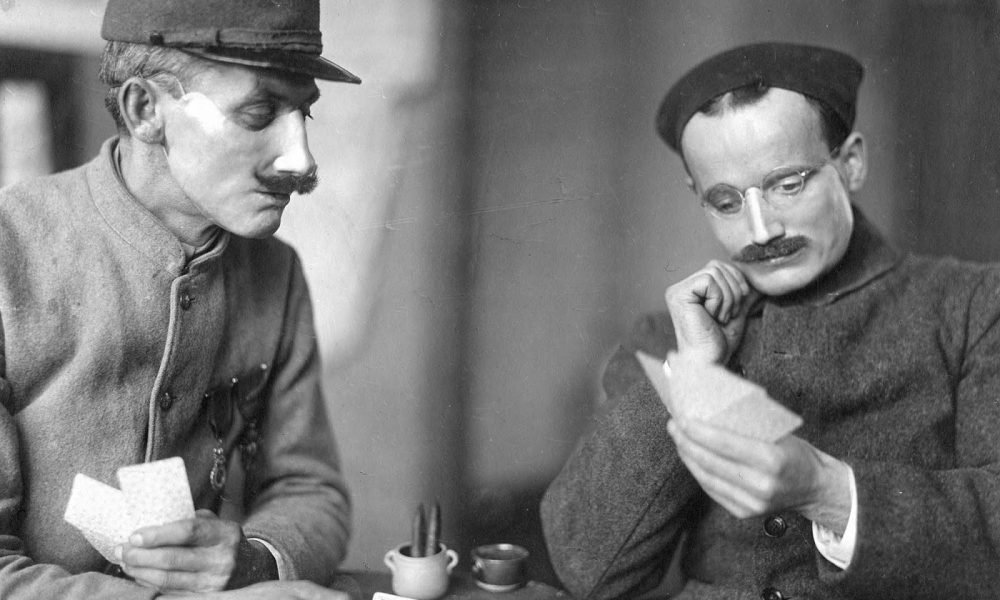
How World War I Reshaped Modern Plastic Surgery

To understand the horrors of war, infections usually slay more soldiers than any shells, bullets or saber thrusts. The US Army’s mortality rate during the Vietnam war was around 2.6%, while those in the Crimean War was as high as 1:5. Doctors and historians tend to dismiss Florence Nightingale’s legacy of helping the wounded but her pioneering work during and after the Crimean War, shows that she played a key role in public health policy design, medical statistics, hospital design, management, nursing and patient care and deserves lasting fame as a medical pioneer.
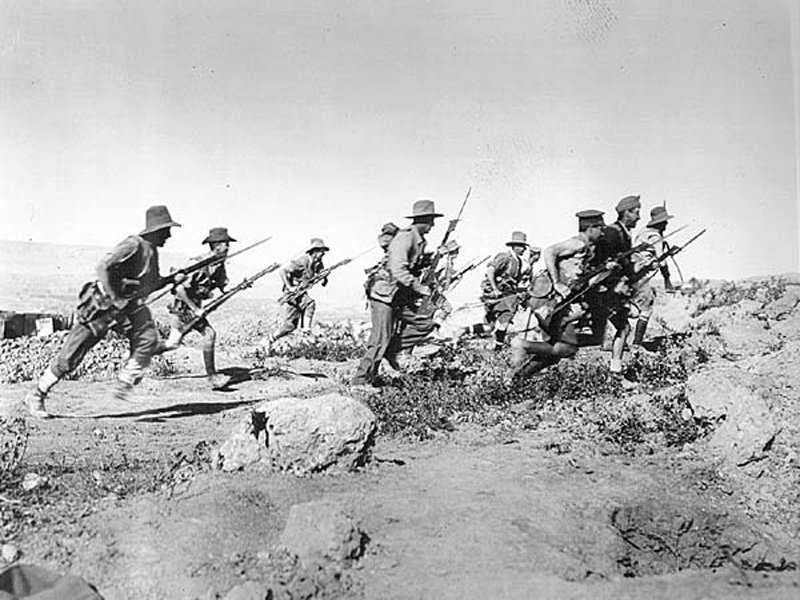
The Crimean War did modernize Hospitals, Nursing and reduced sharply the mortality rate of wounded soldiers. With this knowledge, we now move on to how World War I was able to modernize Anesthesia and perfect plastic surgery, as we know it today.
Massacres in World War I
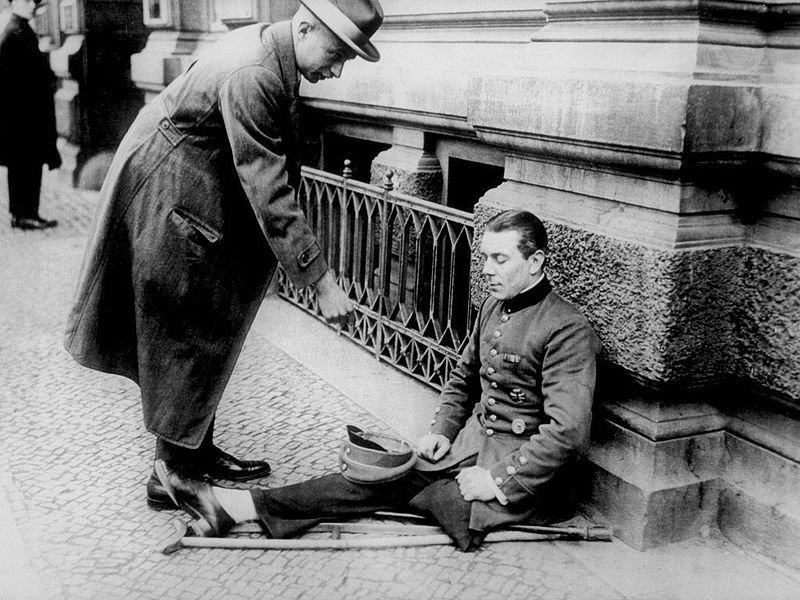
Austrian Archduke Franz Ferdinand’s assassination by a Slav named Gavrilo Princip in the city of Sarajevo on June 28, 1914 triggered the war, which continued for over four years with 37 million people losing their lives. 11th November 2018 marked the Centenary Year of the end of World War I and the signing of the Armistice by the Allied and German leaders, ending the 4.5 years of savage combat on the Western End, and effectively World War I came to end. The First World War (1914-1918) was ferociously fought on a massive scale and millions of young lives were lost in the fighting while many more lived with the trauma of facial injuries. But innovative equipment and surgery techniques that were invented, especially in cosmetic and reconstructive surgery, ended up saving thousands of soldiers.
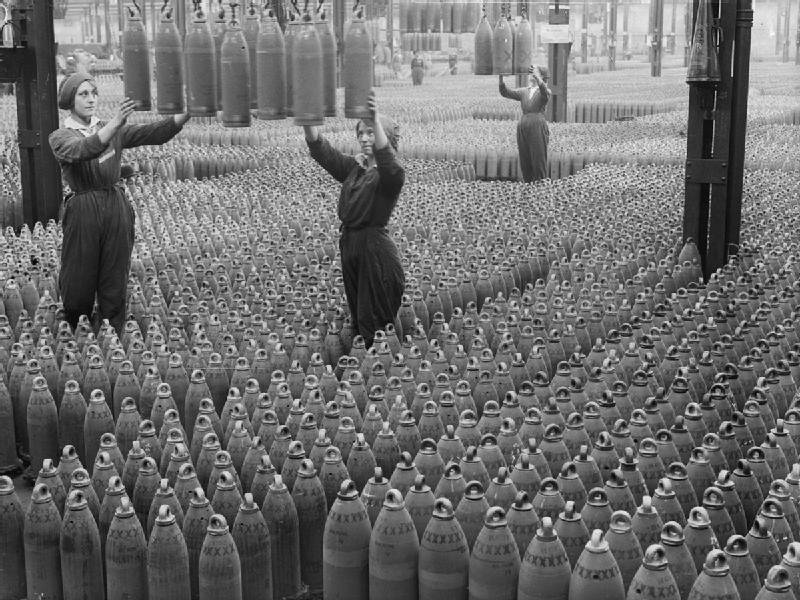
Until the First World War, people were largely unaware of what dangers were posed by wars, what horrific injuries one could sustain and how fatal arms would prove. Tanks, poison gases, heavy artillery, machine guns, and shrapnel filled bombs were used in World War I, which caused extreme damage to the bodies and faces of the soldiers. It was reported that by 1918, about 735,487 British troops has to be discharged due to major injuries, mainly caused by shrapnel and shell blasts. Soldiers sustained terrible burns and facial injuries which made it very difficult for victims to eat, drink, see, and socialize, as also making them look gruesome.
Pioneering Reconstructive Surgery
The soldiers and civilian victims, both feared summary rejection by their family members after they had lost their teeth, eyes, or parts of their faces in the war. Images of wounded and traumatized combatants on display across galleries and museums are still nerve-wracking to see. The soldiers suffered from severe PTSD or Post Traumatic Stress Disorder, often because of their deformities which they had to live with. The extreme and enormous scale of injuries to the face and limbs prompted surgeons and doctors to seek out alternate methods to aid victims as they returned and adjusted to normal conditions after the war!
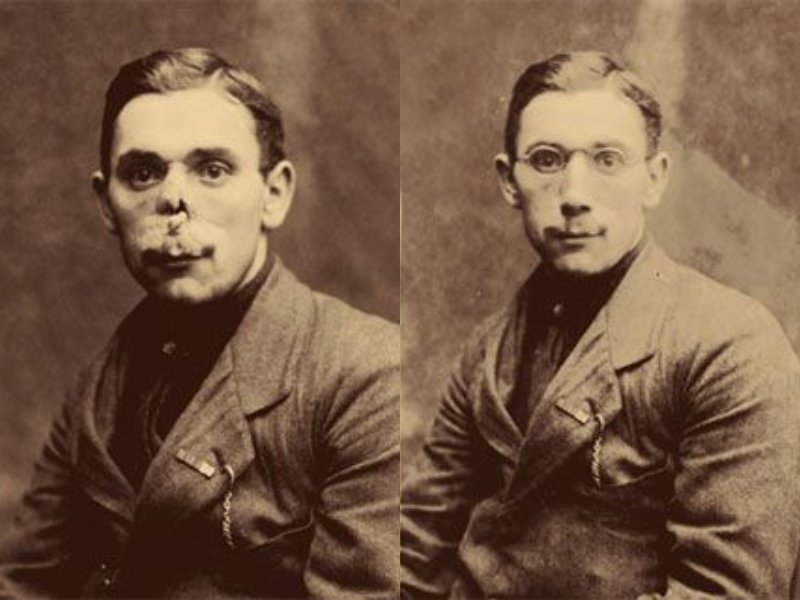
The British army had no solution and gave the ‘fixing faces’ responsibility to a young ENT specialist from New Zealand called Dr. Harold Gillies, who had enlisted in the Medical Corps. Soon thereafter, the first specialty hospital was set up in Sidcup, London, for treating approximately 2000 patients. It was said to be the world’s first hospital dedicated only to treat facial injuries. Dr. Gillies tried to fix faces partially destroyed by the devastating shrapnel bombs and grenades, calling it ‘a strange new art’. This painstaking process involved manufacturing prosthetics; fake eyeballs with color in them, false noses, etc. Usually, plaster casts of the injured face were prepared using plaster of Paris, from which a credible reconstruction of the face was made. Thereafter, a mask was prepared and fitted onto the patient and it was then painted with a skin color.
The Use of Anaesthesia in Surgery
With facial wounds becoming more complicated, leading to innovative ways of treating these wounds, the development of anaesthesia became more and more important throughout the war. The team at Sidcup Hospital developed a technique of passing a tube made of rubber to the trachea from the nose, as also working on the development of the endotracheal tube (from the mouth to the trachea) made from high grade commercial rubber tubes. Dr. Gillies was rightfully given the title of being ‘Father of Plastic Surgery’ and many techniques developed by him during World War I are still in use for contemporary facial reconstructive surgeries and even for the prosthetics.
The Great War gave the world novel innovations and pioneering teaching in increasing survival rates, patient safety and pain management, which have benefited millions, even to this day.
More in Plastic Surgery
-
`
How Long Does a Non Surgical Nose Job Last?
The allure of a sculpted nose without the downtime of traditional surgery has captivated many. Non-surgical rhinoplasty, often dubbed a “liquid...
August 11, 2024 -
`
How to Plan a Trip to Italy and Greece
Italy and Greece stand out as two of Europe’s premier travel destinations, each offering a unique blend of historical grandeur, stunning...
July 31, 2024 -
`
Are Makeup Wipes Bad for Your Skin?
In the quest for quick and convenient skincare, makeup wipes often seem like a miracle solution. However, if you’re wondering, Are...
July 26, 2024 -
`
How to Do Ab Workouts During Pregnancy?
Maintaining core strength is vital, but can you do ab workouts while pregnant? This question is common among expectant mothers eager...
July 19, 2024 -
`
5 Seamless Ways to Minimize BBL Scars
Undergoing a Brazilian Butt Lift (BBL) is an exciting decision for enhancing your body contour. However, BBL scars can be a...
July 12, 2024 -
`
Best Places for Birthday Party Fun for All Ages
Celebrating your birthday at an exciting venue can add that extra spark to your special day, whether you’re with family, friends,...
July 2, 2024 -
`
Skincare for Sensitive Skin: Top 6 Products to Try
Taking care of sensitive skin can be a challenge. With so many products on the market, finding the right ones that...
June 28, 2024 -
`
How to Build Muscles & Gain Mass After 50
Are you wondering how to build muscle mass after 50? You are not alone. Many people think that hitting the big...
June 20, 2024 -
`
How to Speed Up Your Nose Job Recovery Time
Undergoing a rhinoplasty is an exciting step towards a new appearance, but it comes with a recovery period that requires patience...
June 15, 2024
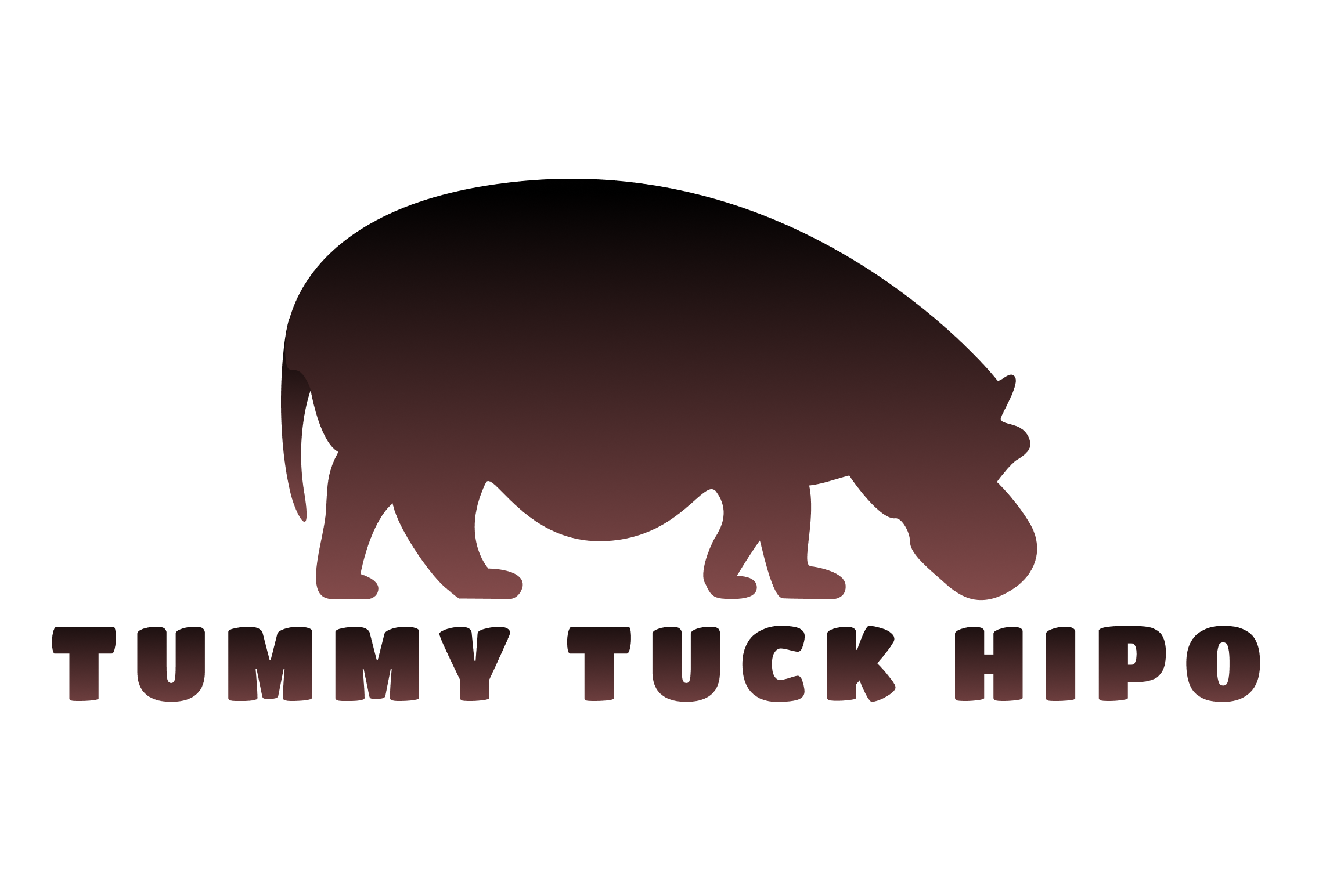


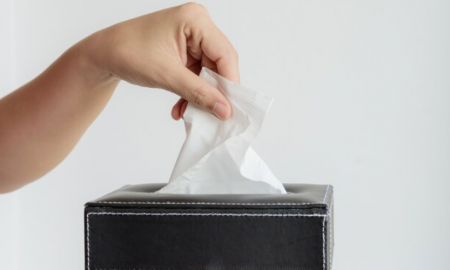








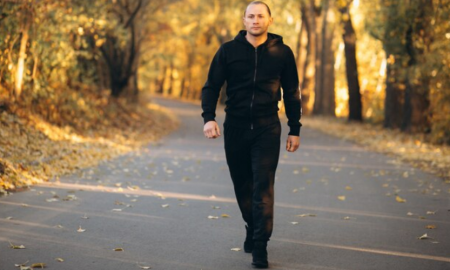


You must be logged in to post a comment Login